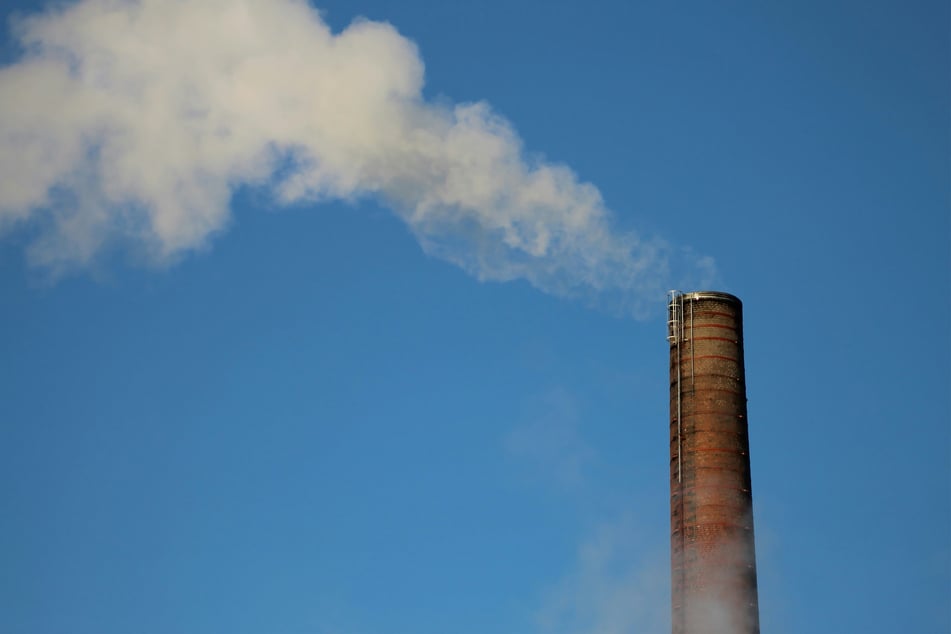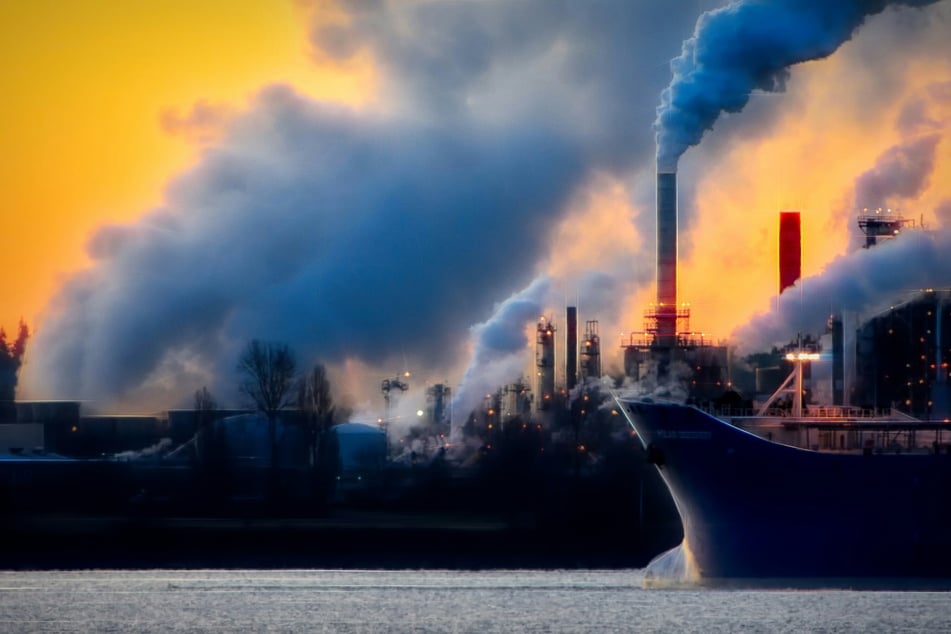US emissions skyrocket beyond expectations, study reveals
New York, New York - A recent study has revealed that gas and oil facilities within the US have been emitting four times more methane gas than previously estimated by regulators.

A study published by the Environmental Defense Fund (EDF), a nonprofit environmental advocacy group, has revealed that leaks, venting, and flaring of methane in the US oil and gas industry emits more than 7.5 million tonnes of methane every year.
The number, which was collected by MethaneAIR, is more than four times the amount estimated by the Environmental Protection Agency (EPA). According to the report, it is "enough wasted gas to meet the annual energy needs of over half of US homes."
Methane is considered a greenhouse gas and is widely accepted as having a significant impact on the Earth's atmosphere and climate. It is considered "planet-warming" and is primarily emitted by human sources.
The EPA describes methane as "the second most abundant anthropogenic GHG after carbon dioxide (CO2), accounting for about 16 percent of global emissions."
In the report, the EDF noted the dangers that methane emissions pose to global climate change and said that the discovery "shows why transparent reporting of real measurements is essential."
"Excessive leak rates raise serious questions about the effectiveness of the industry’s management practices and whether companies are serious about meeting their own stated methane performance goals."
Methane emissions critical for battle against climate change

It is estimated that methane accounts for about 16% of global emissions and is significantly more capable of trapping heat within the atmosphere than carbon dioxide, making it a serious threat to the climate.
Due to a new regulatory framework implemented this year by the EPA, companies face significant financial charges per tonne of methane emissions.
The Waste Emissions Charge (WEC) is a cost associated with each tonne of methane gas emitted by an organization. It scales every year, totaling a value of $1500 per metric ton from 2026 onwards.
According to the EDF, most methane emissions are coming from oil and gas operators that are a little bit older. This is in-part due to equipment that is leaking, as well as the flaring and venting of gas.
It is an issue known to the respective industries, and which various companies have committed to preventing and fixing in the future.
Rosalie Winn, the director of EDF, is cited by the Financial Times as expressing the need for greater regulation in the industry to incentivize rapid solutions to the problem.
"This study just really underscores how far the industry has to go to reduce methane emissions and the importance of all these new regulatory mechanisms to incentivize industry to do that," she said.
Cover photo: Unsplash/Anne Nygård

